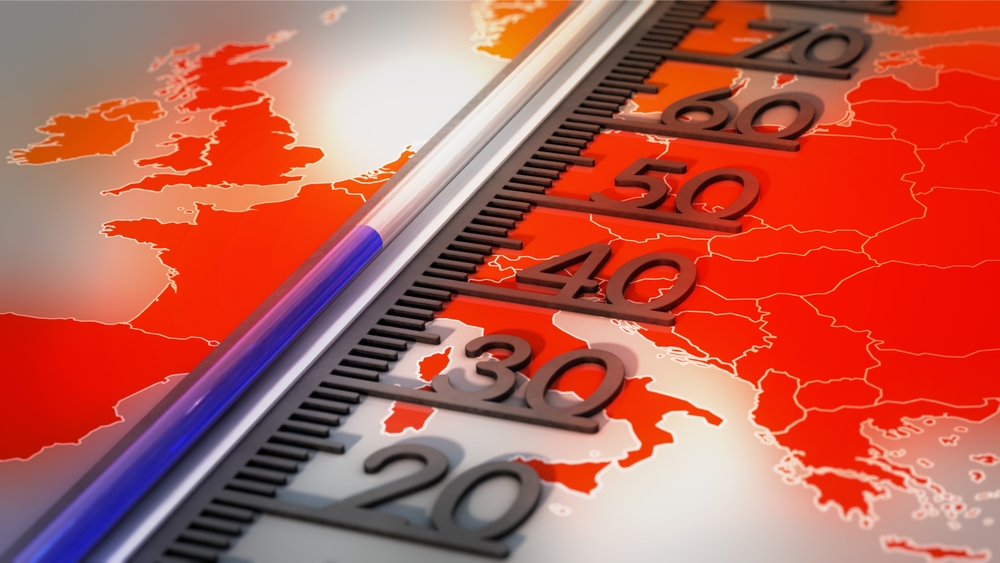Europe is entering a critical stage of environmental stress as drought conditions tighten grips across the continent.
According to the European drought, according to an April 2025 report published by the European Commission’s Joint Research Centre (JRC), the combination of low precipitation and higher than average temperatures since January have had a major impact on soil moisture, river flow and local ecosystems.
The findings are based on data from drought observatory data in Europe and around the world and Copernicus’ emergency management services, and create a calm picture.
From the Rhine River in Germany to the Eastern Mediterranean rivers, falling levels have already affected agriculture, transport and biodiversity.
Heat waves and rainfall shortage resources
Between January and March 2025, much of Europe endured unseasonably warm conditions.
In the Alps, Eastern Europe, and northern Scandinavia, average temperatures rose by more than 3°C above seasonal norms. Combined with limited rainfall, these extremes accelerate soil dryness across vast regions.
The Eastern Mediterranean and North Africa are one of the most challenging regions, and deep water deficiencies are already evident.
These water shortages increase the risk of not only crops and pastures, but also wildfires and threaten ecological degradation.
Major rivers show signs of stress
By early April, the effects of European droughts were clearly visible in many of the continent’s important river systems.
The Rhine, an important arterial for transportation and industry, has plummeted, especially in its upper basin, disrupting navigation and causing logistical concerns.
Similarly, rivers in northern Europe, parts of the Western Alps, and in the Eastern Mediterranean countries are subject to hydrological stress.
In some regions, reductions in emissions have already affected energy production and water supply, meaning that they are expected to intensify as the season progresses.
Extreme weather throughout the region
Droughts spread in central, eastern and northwest Europe, but not all regions experience the same arid conditions.
Portugal, Spain and parts of France benefited from wet winters, while Northern Italy was raining heavily in early spring.
However, these heavy rainfall episodes come with their own costs, causing deaths, damaging infrastructure, and causing emergency responses via the Copernicus crisis map.
Conversely, the March brought very dry conditions to North Germany, the UK, the Benelux countries, Denmark and South Scandinavia.
Similar dryness appears in southern Ukraine and central Churkiye, causing the fear of further deterioration during spring and summer.
Risks of early vegetation growth masks looming
Despite the outward signs of healthy vegetation in many parts of Europe by late March, experts have warned that this could be misleading.
JRC scientists note that early plant development may conceal deeper vulnerabilities. If dry weather continues, the agricultural sector can face widespread losses during peak growth periods.
Already, the regions of Türkiye in northern Africa, western Syria, and southeastern Africa show early signs of vegetation stress.
Prediction warns of continuous dryness
In the future, forecasts from April to June 2025 are hardly at ease. The arid more average conditions are expected to last throughout Northern and Western Europe, including the UK and Ireland.
Eastern European rivers are likely to remain unusually low, threatening further disruption to agriculture, energy and transportation.
The wet conditions could return to parts of the Iberian Peninsula, Central Italy, and the Eastern Alps, but uncertainty remains due to model variations.
What is clear, however, is that the 2025 European drought has already reconstructed the continent’s environmental and economic landscape, and that is only the beginning.
Source link

